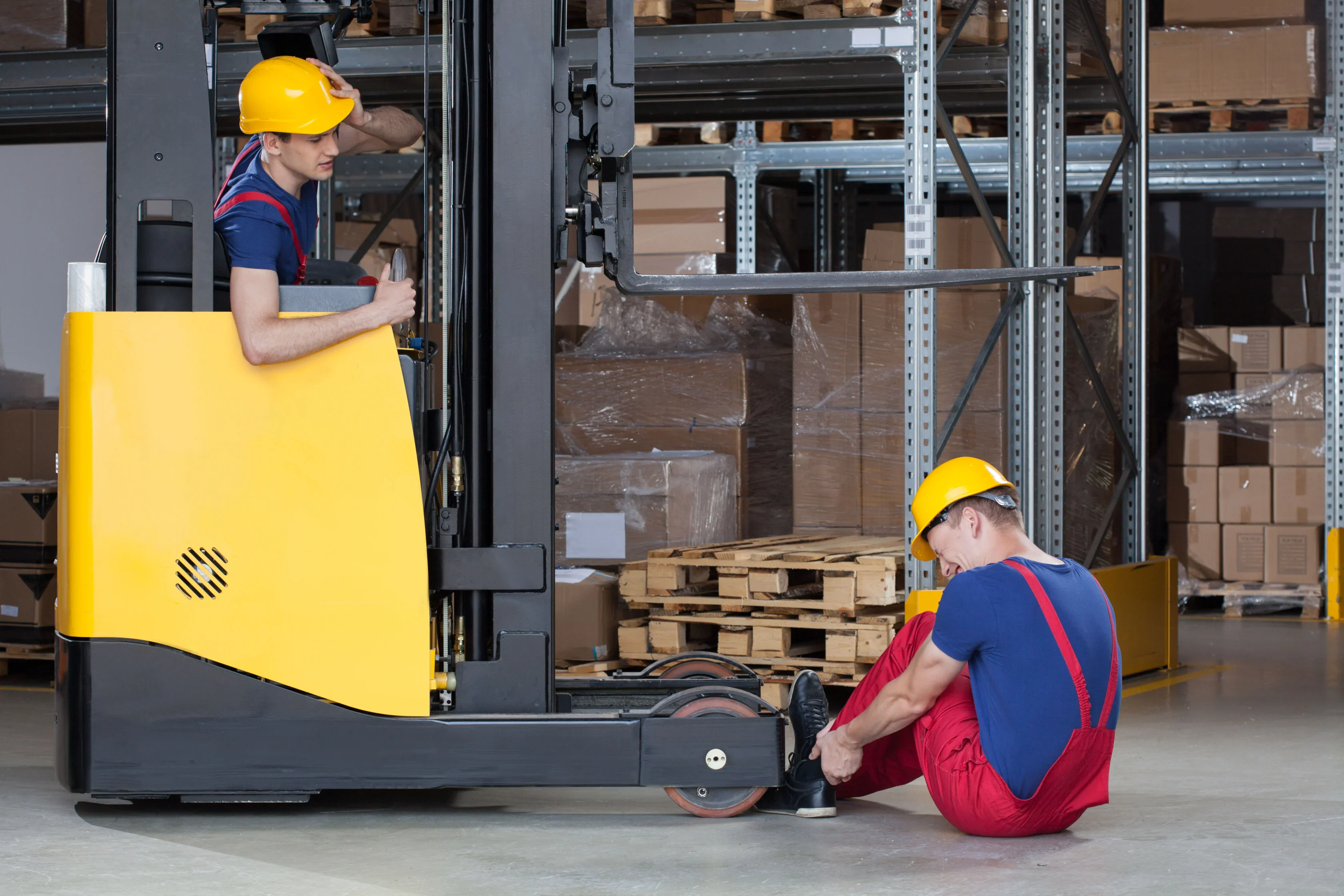The Complete Guide to Filing a Forklift Accident Lawsuit and Protecting Your Rights

Forklifts are essential tools in warehouses, factories, and construction sites, but they also come with serious risks when safety protocols aren’t followed. A forklift accident lawsuit typically arises after an injury caused by negligence, defective equipment, or unsafe working conditions. For workers, it’s a way to seek compensation for their injuries. For employers, it’s a wake up call to reassess safety policies and prevent future incidents.
Each forklift accident lawsuit is different, but the goal is usually the same: to hold the responsible parties accountable and ensure victims receive fair compensation for their losses.
Common Reasons Behind Forklift Accidents
Forklifts may seem easy to operate, but even a small mistake can have devastating results. Understanding the most frequent causes of accidents can help both workers and employers reduce risks.
Some leading causes include:
- Operator inexperience or lack of training
- Improperly loaded cargo that causes tipping or imbalance
- Malfunctioning brakes or steering systems
- Unsafe driving speeds in tight or crowded areas
- Poor visibility or lighting conditions on work sites
- Failure to maintain safety equipment or warning systems
Each of these factors could lead to a forklift accident lawsuit if negligence or safety violations are proven.
Who Can Be Held Liable in a Forklift Accident Lawsuit
Liability in a forklift accident lawsuit doesn’t always fall on one person or company. Determining who is responsible often requires an investigation into how the accident occurred.
Possible liable parties include:
- Employers, if they failed to provide safety training or maintain a secure work environment
- Forklift manufacturers, if the accident was caused by a defective part or design flaw
- Maintenance contractors, if repairs or inspections were handled improperly
- Property owners, when unsafe site conditions contributed to the incident
In many cases, more than one party shares responsibility. That’s why a forklift accident lawsuit often involves gathering maintenance logs, safety records, and witness statements to identify where the system failed.
Steps to Take After a Forklift Accident
Whether you’re a worker or a site manager, what you do right after an accident can affect the outcome of a forklift accident lawsuit. Acting quickly and carefully helps preserve evidence and protect your rights.
Here’s what to do:
- Seek medical attention immediately – Even minor injuries can become serious if ignored.
- Report the incident – Notify your supervisor or employer as soon as possible.
- Document everything – Take photos, write down details, and get witness names.
- Avoid signing anything – Don’t agree to settlements or liability forms without legal advice.
- Contact a lawyer – A professional can explain your rights and help determine if you have a valid forklift accident lawsuit.
These steps ensure you’re not only protected medically but also legally as the investigation unfolds.
What Compensation Can Victims Expect?
A Forklift Accident Lawsuit can result in different types of compensation depending on the injury and its impact. Victims may be entitled to recover:
- Medical expenses (past and future)
- Lost wages and reduced earning potential
- Rehabilitation and therapy costs
- Pain and suffering
- Emotional distress
- Wrongful death damages (in fatal accidents)
The amount of compensation varies from case to case, but it often reflects the severity of the injury, the level of negligence involved, and how much the victim’s life has been affected.
Why Businesses Should Take Forklift Safety Seriously
For business owners, the financial and reputational cost of a forklift accident lawsuit can be significant. Beyond legal fees, an accident can hurt employee morale and slow down productivity. Preventing accidents before they happen is not just smart management it’s good business.
To reduce the risk of forklift-related incidents:
- Conduct mandatory safety training for all operators.
- Perform regular inspections and maintenance checks.
- Clearly mark forklift zones and pedestrian walkways.
- Require protective gear such as helmets and visibility vests.
- Limit forklift speed and enforce load capacity limits.
- Encourage employees to report hazards without fear of punishment.
A strong safety culture helps prevent injuries and minimizes the risk of future forklift accident lawsuits.
The Role of a Forklift Accident Lawyer
Filing or defending against a forklift accident lawsuit requires experience with workplace injury law, OSHA regulations, and product liability claims. A specialized attorney can:
- Investigate the cause of the accident
- Identify all liable parties
- Handle insurance companies
- Negotiate settlements or represent clients in court
- Ensure deadlines and legal procedures are followed correctly
For injured workers, having the right legal support can mean the difference between a small settlement and full compensation. For employers, it helps ensure that their business is protected and compliant with safety regulations.
Building Safer Workplaces for the Future
Every forklift accident lawsuit serves as a reminder that safety can never be taken for granted. By learning from past incidents and improving training, equipment, and accountability, companies can create safer workplaces where everyone benefits.
Accidents may happen, but negligence is preventable. Prioritizing worker safety, following OSHA standards, and responding quickly to hazards can go a long way toward avoiding future lawsuits. When both workers and employers understand their responsibilities, workplaces become more efficient, responsible, and secure.






